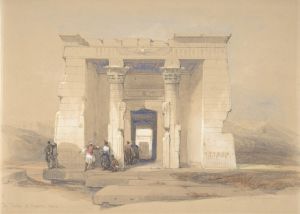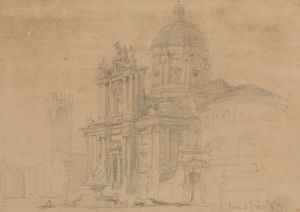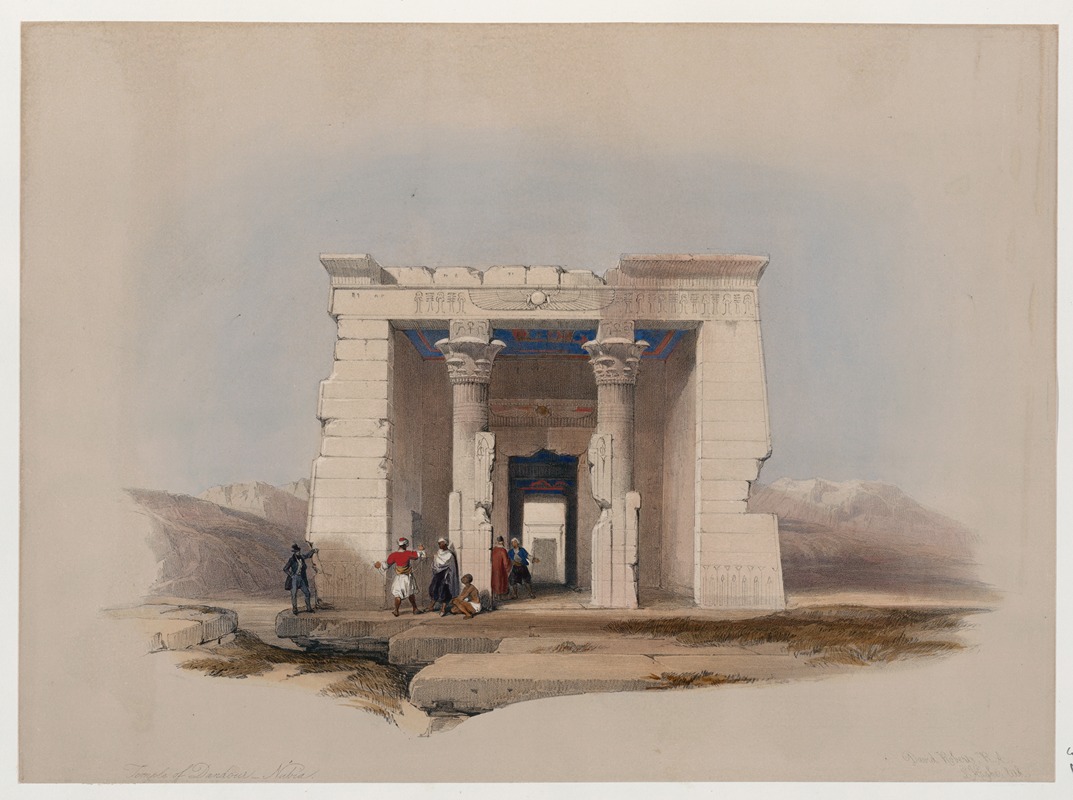
Temple of Dandour [Dendûr], Nubia.
A hand-painted replica of David Roberts’s masterpiece Temple of Dandour [Dendûr], Nubia., meticulously crafted by professional artists to capture the true essence of the original. Each piece is created with museum-quality canvas and rare mineral pigments, carefully painted by experienced artists with delicate brushstrokes and rich, layered colors to perfectly recreate the texture of the original artwork. Unlike machine-printed reproductions, this hand-painted version brings the painting to life, infused with the artist’s emotions and skill in every stroke. Whether for personal collection or home decoration, it instantly elevates the artistic atmosphere of any space.
David Roberts' painting "Temple of Dandour, Nubia" is a notable work that captures the essence of the ancient Egyptian temple located in Nubia. David Roberts (1796-1864) was a Scottish painter renowned for his detailed and accurate depictions of architectural and historical sites in the Middle East and North Africa. His works are highly valued for their historical accuracy and artistic merit, providing a visual record of many sites that have since changed or deteriorated.
The Temple of Dandour was originally built by the Roman governor of Egypt, Petronius, around 15 BCE during the reign of Emperor Augustus. It was dedicated to the gods Isis and Osiris, as well as two deified sons of a local Nubian chieftain, Pediese and Pihor. The temple is relatively small, measuring approximately 25 meters in length, and is constructed from sandstone. It features a pylon, a courtyard, and a sanctuary, typical of Egyptian temple architecture.
Roberts visited the Temple of Dandour during his extensive travels in Egypt and Nubia in the early 19th century. He was part of a wave of European artists and scholars who were fascinated by the ancient cultures of the region. His journey was meticulously documented in his sketches and paintings, which were later published in the six-volume work "Egypt and Nubia" between 1846 and 1849. These publications were highly influential and brought the wonders of ancient Egypt to a European audience.
In his painting of the Temple of Dandour, Roberts captures the temple's imposing structure set against the stark desert landscape. The artwork is characterized by its precise attention to detail, from the hieroglyphic inscriptions on the temple walls to the texture of the sandstone blocks. Roberts' use of light and shadow enhances the three-dimensional quality of the temple, giving viewers a sense of its grandeur and the harsh environment in which it was built.
The Temple of Dandour itself has an interesting modern history. In the 1960s, the construction of the Aswan High Dam threatened to submerge many ancient monuments in Nubia. In response, UNESCO launched an international campaign to save these treasures. As part of this effort, the Temple of Dandour was dismantled and gifted to the United States by the Egyptian government in 1965 in recognition of the American assistance in the rescue operation. The temple was reassembled and is now housed in the Metropolitan Museum of Art in New York City, where it remains a popular exhibit.
David Roberts' painting of the Temple of Dandour is not only an artistic achievement but also a valuable historical document. It provides insight into the temple's appearance before its relocation and serves as a testament to the enduring fascination with ancient Egyptian culture. Roberts' work continues to be celebrated for its contribution to the visual and cultural history of the 19th century.





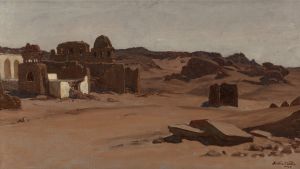
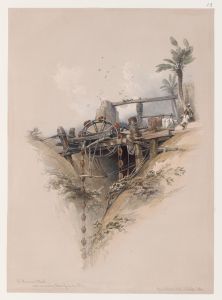
![Excavated Temple of Gyrshe [Gerf Hussein], Nubia.](/imgs/217480/s/david-roberts-excavated-temple-of-gyrshe-gerf-hussein-nubia-fb4767b0.jpg)
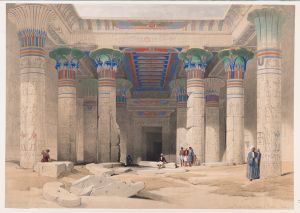
![Siout [Asyût]. Upper Egypt.](/imgs/217539/s/david-roberts-siout-asyut-upper-egypt-88ace28b.jpg)
![Temple of Kalabshee [Kalabsha, Kalâbishah], Nubia. Nov. 1838.](/imgs/217548/s/david-roberts-temple-of-kalabshee-kalabsha-kalabishah-nubia-nov-1838-be0ac440.jpg)
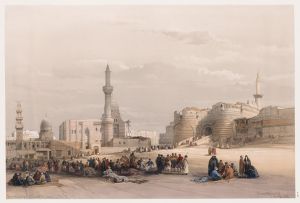
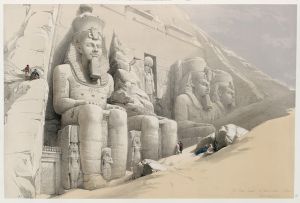
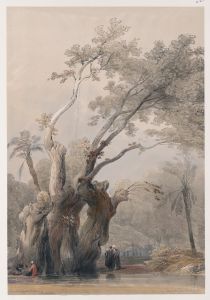
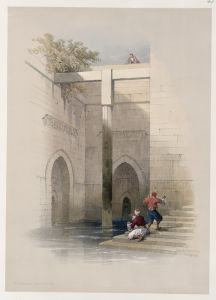
![View on the Nile looking towards the pyramids of Dashour [Dahshûr]and Saccara [Saqqârah].](/imgs/217572/s/david-roberts-view-on-the-nile-looking-towards-the-pyramids-of-dashour-dahshurand-saccara-saqqarah-6cb692fe.jpg)

